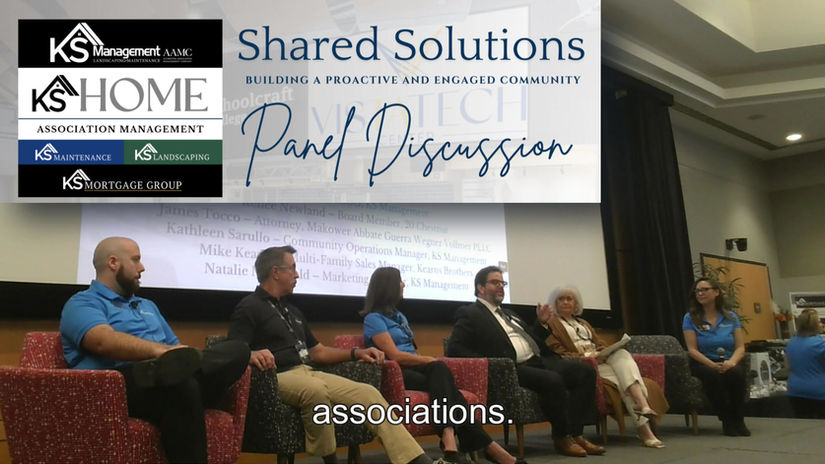Navigating Property Damage Claims: A Guide for Association Boards
- natalie.mcdonald
- Oct 24, 2023
- 3 min read

When disaster strikes an association, it's essential for the association board to act swiftly and effectively to navigate the complex landscape of property damage claims. Whether it's fire, floods, mold, or wind damage, the role of the board in moving a property claim forward is crucial. In this article, we will discuss the key steps and considerations that association boards should keep in mind when dealing with property damage restoration claims, highlighting the importance of a well-organized and proactive approach.
1. Assessment and Documentation
The first step in the process is to conduct a thorough assessment of the damage. Engage professional assessors or property damage restoration experts to evaluate the extent of the damage and provide a comprehensive report. Document the damage extensively through photographs, videos, and written descriptions. This documentation will serve as valuable evidence throughout the claims process.

2. Communication and Reporting
Effective communication is vital during this phase. Keep all relevant parties, including residents, homeowners, insurance providers, and property management, informed about the situation. Timely reporting to insurance companies is crucial to ensure that the claims process begins promptly.
3. Review Insurance Policies, Master-deed, & Bylaws
Association boards should have a clear understanding of the insurance policies in place for the complex. This includes knowing what types of damages are covered and what the policy limits are. Familiarize yourself with the terms and conditions of the policy to ensure you're aware of your rights and obligations.
4. Engage Professional Restoration Services
Selecting a reputable property damage restoration company, such as Concraft, is a pivotal decision. Consider their expertise in handling various types of losses and their track record in working with associations. A company experienced in navigating insurance claims can provide valuable insights and ensure a smoother process.
5. Coordinate with Insurance Adjusters
When an insurance adjuster is assigned to the case, collaborate closely with them. Provide all the documentation and evidence collected and be prepared to answer any questions they might have. Open lines of communication and transparent information exchange can expedite the claims process.
6. Decision-Making
As the board, you will be making important decisions regarding the restoration process and budget allocation. Prioritize repairs that ensure the safety and habitability of the complex. Work closely with the restoration company to develop a clear plan and estimate for repairs.
7. Regular Updates to Residents
Keep residents informed about the progress of the claims process and restoration efforts. Clear and transparent communication can help manage expectations and reduce anxiety among residents.
8. Compliance with Local Regulations
Ensure that all restoration efforts adhere to local building codes and regulations. Failure to comply can result in delays, fines, and additional expenses.
9. Final Review and Settlement
Review the proposed restoration plan and estimated costs with the restoration company and insurance adjuster. Once all parties are in agreement, proceed with the restoration work. After completion, conduct a final inspection to ensure that all repairs meet the required standards.
Dealing with property damage restoration claims can be a complex endeavor for association boards. By following a well-organized process that includes assessment, communication, collaboration with professionals, and compliance
with regulations, boards can effectively move a property claim forward. The partnership between the board, residents, restoration companies, and insurance adjusters plays a critical role in restoring the complex to its former state, providing residents with a safe and comfortable living environment once again.



















Comments